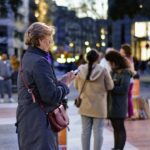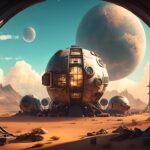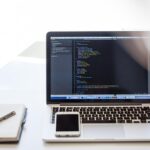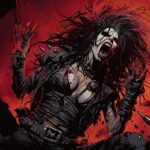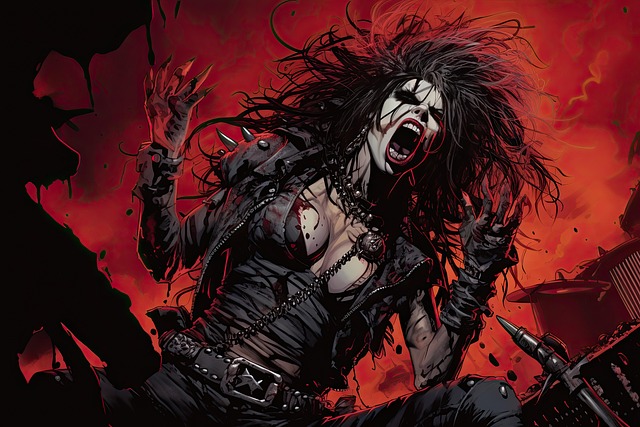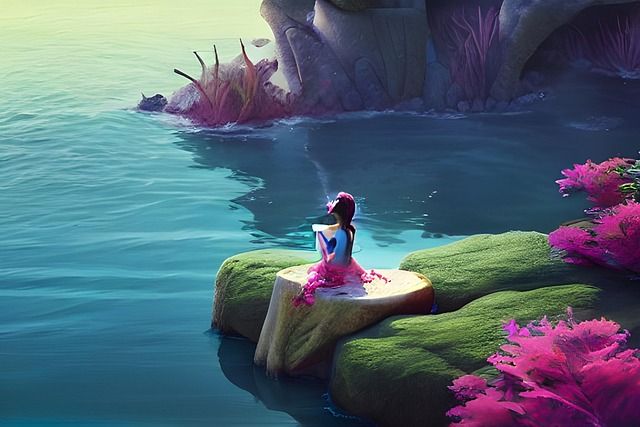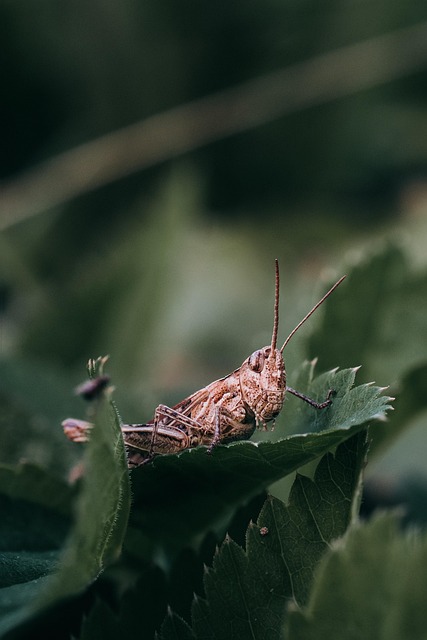# Essential AI Tools for Artists: Unleash Your Vision with Innovative Technology
In recent years, artificial intelligence (AI) has infiltrated various industries, transforming how we approach tasks and solve problems. The world of visual and digital art is no exception. With the advent of AI tools, artists can now explore new creative avenues, streamline their workflows, and unleash their artistic visions like never before. This article delves into some of the most essential AI tools for artists, such as DALL·E, Midjourney, Stable Diffusion, Runway ML, and Adobe Firefly, and discusses how they are reshaping the landscape of digital art.
## The Rise of AI in Visual Art
AI is revolutionizing the creative process by providing artists with innovative tools that enhance their capabilities. These tools leverage machine learning algorithms to generate art, assist in design tasks, and even create animations. As a result, artists can focus more on conceptualization and less on repetitive tasks, allowing for greater exploration and experimentation.
### Key AI Tools for Artists
#### 1. DALL·E
**Overview:** Developed by OpenAI, DALL·E is an AI model capable of generating images from textual descriptions. This unique ability allows artists to create visual representations of their ideas with unprecedented ease.
**How It Works:**
– Input a textual description (e.g., “a two-headed flamingo wearing a top hat”).
– DALL·E processes the input and generates a corresponding image.
**Real-World Example:** Artist and illustrator Krista Kim used DALL·E to create a series of surreal landscapes that blend her digital painting style with AI-generated imagery. This collaboration allowed her to explore concepts that would have taken significantly longer to realize manually.
#### 2. Midjourney
**Overview:** Midjourney is an AI-powered tool designed to assist artists in generating high-quality images from simple prompts. It emphasizes creativity and artistic style, making it a favorite among digital illustrators.
**How It Works:**
– Users provide a prompt, and Midjourney generates multiple variations of the concept.
– Artists can refine their prompts to achieve desired results, allowing for iterative exploration.
**Real-World Example:** Concept artist and designer Greg Rutkowski has utilized Midjourney to produce concept art for video games and films. By experimenting with different prompts, he has discovered unique character designs and environments that inspire his traditional artwork.
#### 3. Stable Diffusion
**Overview:** Stable Diffusion is an open-source AI model that generates images from text inputs. It is particularly noted for its versatility and the quality of its outputs, making it a powerful tool for artists.
**How It Works:**
– Artists can run Stable Diffusion on their local machines or use cloud services to generate images.
– The model allows for fine-tuning and customization, enabling artists to create unique styles.
**Real-World Example:** Digital artist and animator Anna Dittmann has integrated Stable Diffusion into her workflow to generate character designs and backgrounds. The ability to customize outputs has allowed her to maintain her artistic voice while exploring new ideas.
#### 4. Runway ML
**Overview:** Runway ML is a creative suite that offers a variety of AI tools aimed at artists and designers. It includes capabilities for video generation, image editing, and even real-time collaboration.
**How It Works:**
– Artists can use Runway ML to create videos by generating frames based on prompts or manipulating existing footage.
– The platform supports various AI models, allowing for a diverse range of creative applications.
**Real-World Example:** Filmmaker and visual artist Károly Dömötör has harnessed Runway ML to create captivating video installations. By utilizing the AI’s ability to generate and manipulate visuals, he has produced immersive experiences that blend reality with digital artistry.
#### 5. Adobe Firefly
**Overview:** Adobe Firefly is a suite of generative AI tools integrated into Adobe Creative Cloud. It is designed to enhance the creative process by providing artists with innovative features for image generation and manipulation.
**How It Works:**
– Firefly allows artists to generate images based on text prompts, create unique textures, and even generate variations of existing artwork.
– The tool is user-friendly, making it accessible to artists of all skill levels.
**Real-World Example:** Graphic designer and illustrator Lisa Congdon has incorporated Adobe Firefly into her design process, using the tool to generate unique patterns and illustrations. This has enabled her to focus on conceptual development while leveraging AI to handle the more technical aspects of design.
## Benefits of AI Tools for Artists
### Streamlined Workflow
– **Efficiency:** AI tools speed up the creative process, allowing artists to generate concepts quickly.
– **Iteration:** Artists can explore multiple variations of an idea without extensive manual effort.
### Enhanced Creativity
– **Inspiration:** AI-generated outputs can inspire artists to think outside the box and explore new styles.
– **Collaboration:** Artists can collaborate with AI, treating it as a creative partner rather than just a tool.
### Accessibility
– **Democratization of Art:** AI tools make it easier for non-artists to create visually appealing content, broadening the scope of who can participate in the creative process.
– **Learning Opportunities:** Emerging artists can learn from AI-generated outputs, gaining insights into composition, color theory, and style.
## The Future of AI in Creative Fields
As AI technology continues to evolve, its impact on the art world will only grow. The integration of AI tools in creative workflows is likely to lead to new artistic movements and styles, as artists experiment with the capabilities of these technologies. Furthermore, the collaboration between human creativity and AI-generated outputs will likely redefine what it means to be an artist in the 21st century.
### Conclusion
AI tools for artists are not just a passing trend; they represent a significant shift in how we approach visual and digital art. With platforms like DALL·E, Midjourney, Stable Diffusion, Runway ML, and Adobe Firefly, artists can enhance their creativity, streamline their workflows, and explore new artistic territories. As we look to the future, the potential for AI in creative fields is limitless, promising exciting developments for artists and creatives around the world. Embrace these AI digital art generators and unlock the full potential of your artistic vision!

